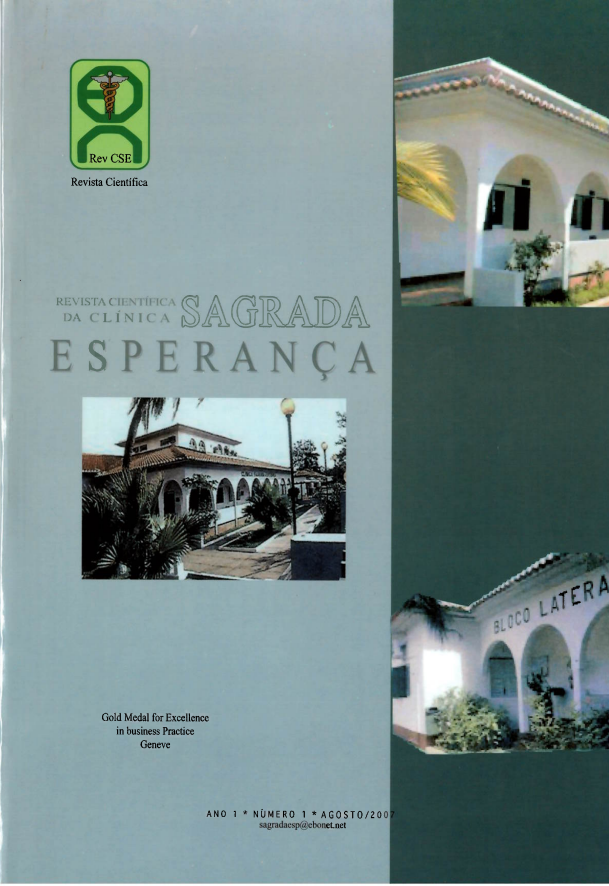FUNDAMENTOS, MÉTODOS E SIGNIFICADO DO MAPEAMENTO DO GENOMA HUMANO
HUMAN GENOME
DOI:
https://doi.org/10.70360/rccse..v.90Resumo
Abstraindo-nos da medicina helénica da era hipocrática, estruturada nesse tempo em tomo dos humores do organismo humano, o ulterior desenvolvimento da ciência médica evoluiu em paradigmas sucessivos, designadamente (i) o referente ao desenvolvimento da anatomia normal desde Galeno a André Vesalius, (ii) o da fisiologia normal do organismo com William Harvey, (iii) o da anatomia patológica de Johannes B Morgagni, (iv) o da anatomia microscópica com Marcello Malpighi, (v) o da histopatologia com Carl Ludwig Rudolf Virchow, e finalmente (vi) o molecular, traduzido no conhecimento da genética e da bioquímica morfofuncional celulares e dos fluidos, esta última sendo no fundo a reactivação do conceito de patologia humoral, no seu tempo bastante criticada, da autoria do vienense Carl Friedrich von Rokitanski.
Referências
(1) Ricki L.: Human Genetics, Concepts and applications. 6th ed. McGraw-Hill, New york, 2005.
(2) Weiling F: Johann Gregor Mendel: Der Mensch und Forscher. II Teil. Der Ablaufder Pisum Versuche nach der Darstellung. Med. Genetik.2 :208-222. 1993.
(3) Griffiths AJF. : An introduction to genetic analysis.7th ed. WE. Freeman & Co. New York, 2000
(4) Vogel F, Motulsky AG.: Human Genetics. Problems and approaches. 3th ed., Springer Verlag, Heidelberg-New York, 1997 DOI: https://doi.org/10.1007/978-3-662-03356-2
(5) Komberg RD, Lorch Y.: Twenty-five years of the nucleosome, fundamental particle of the eukaryote chromosome. Cell 98: 285-294, 1999. DOI: https://doi.org/10.1016/S0092-8674(00)81958-3
(6) Lodish H. et al. Molecular cell biology. 4th ed. W.H.Freeman & Co., New York, 2000
(7) Tyler-Smith C.,Willard HF. :Mammalian chromosome structure. Curr. Opin. Genet. Dev.:3:390-397, 1993 DOI: https://doi.org/10.1016/0959-437X(93)90110-B
(8) Miller OJ., Therman E.: Human Chromosomes. 4th ed., Springer Verlag, New York, 2001. DOI: https://doi.org/10.1007/978-1-4613-0139-4
(9) Singer M., Berg P.: Genes & Genomes. Blackwell Scientific, Oxford, 1991
(10) Albeit B., et al.: Essential Cell Biology. Garland Publishing Co. New York, 1998
(11) Brent R.: Genomic biology. Cell 100:169-183, 2000 DOI: https://doi.org/10.1016/S0092-8674(00)81693-1
(12) Adams MD., et al.: The genome sequence of drosophila melanogaster : Science 287 :285- 295, 2000
(13) Collins FS: Shattuck Lecture-Medical and societal consequences of the human genome project New Eng. J. Med. 341: 28-37. 1999 DOI: https://doi.org/10.1056/NEJM199907013410106
(14) Green ED, Cox DR, Myers RM.: The human genome project and its impact on the study of human disease, In Scriver CR et al., eds. The Metabolic and Molecular Bases of inherited disease. 7th ed. McGraw-Hill, New York, 1995
(15) Brown TA. Genomes. Bios Scientific Publishers, Oxford, 1999. Goodman L.: The human genome project aims for 2003. Genome Res. 8: 997-999, 1998. DOI: https://doi.org/10.1101/gr.8.10.997
(16) Rubin GM et al. Comparative genomics of the eukaryotes. Science 287:2204-2215,2000
(17) Yunis JJ., Prakash 0.: The origin of man: A chromosomal pictorial legacy. Science 215: 1525-1530, 1982. DOI: https://doi.org/10.1126/science.7063861
(18) Caim RL., Stoneking M., Wilson AC. Mitochondrial DNA and human evolution. Nature 325: 3 1-36, 1987. DOI: https://doi.org/10.1038/325031a0
Downloads
Publicado
Como Citar
Edição
Secção
Licença
Direitos de Autor (c) 2025 Revista Científica da Clínica Sagrada Esperança

Este trabalho encontra-se publicado com a Licença Internacional Creative Commons Atribuição-NãoComercial-SemDerivações 4.0.

